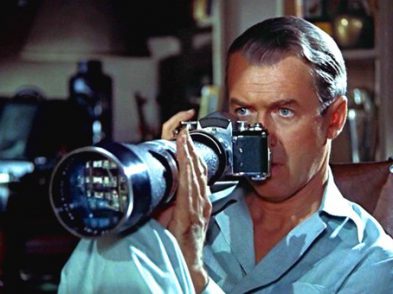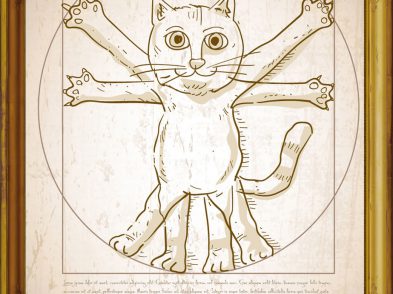Several years ago, I rented a villa in the hills of Settignano, above Florence. It was the perfect place to make revisions to my life, which up to that moment has been consumed by a career in corporate America. I had recently lost my nonna, my grandmother, Olga, and writing down her stories gave me a way to peel myself gently away from the impossible routine I was used to.
My grandmother’s father, Aristide Giovannoni, a stone artisan and opera tenor who made his dreams come true in a new world, immigrated to America from Carrara. They were simple but sustaining dreams: reuniting his family and creating beauty by carving America’s great monuments.
But they were dreams that took years to come true, as World War I and an influenza epidemic kept the family apart. Even though he was a skilled artisan in gothic tracery, he spent many years in America doing backbreaking labor in quarries, following work wherever he could find it. Labor wars and violent government responses embroiled him in strikes and anarchy. I cannot imagine his loneliness and helplessness, his heartache at not being able to retrieve his family, and his disappointment that his talents could not be put to better use.
His family finally arrived in 1921, after nearly being lost at sea. Aristide Giovannoni’s work at that time was in Montgomery, Alabama. The joy of being together again was cut short when the stark reality of terrorism, inflicted on immigrants by the Ku Klux Klan, threatened to disintegrate the spirit and union of the family. My grandmother, Olga, was 12 years old then and vividly remembered how her mother and grandmother kept windows and doors shuttered and locked, a nightly vigil that made their fear palpable. The murder of their neighbor, an innocent young man, was the final blow, but it also served as a catalyst that completely changed their lives.
I tried to imagine how sickened my great-grandmother, Ione, must have felt, having waited years to see her husband, sacrificing so much, only to land in a place dominated by hatred and prejudice.
The more I gave myself over to feeling through the layers of story, the more evident it became to me that this knowledge is precious and that it was dangerously close to being lost forever. I wanted more than a genealogical perspective. It was the stories that mattered, and the wisdom inside them.
Olga eventually married Ottavio Faenzi, who came from the Tuscan Maremma, near the Etruscan village of Sorano, a stunning and ancient village among thousands of ancient and stunning villages in Italy. He had followed his older sister to America in 1913, leaving behind his mother and nine siblings. He was 16 years old, fleeing poverty—how could he even fathom what his life would be like in the New World?
As I was writing in the garden of my rented villa in Settignano, as I listened to the arias that great-grandfather Aristide once sang, as I imagined the family’s trepidation entering the gates of Ellis Island, my eyes opened onto a new landscape. My ancestors’ courage in venturing to an unknown world inspired me to make my own leaps of faith. I knew I could not go back to the corporate life that offered me financial security but was devoid of passion or satisfaction.
I felt led by my ancestors while writing, and I let them tell their tales in the first person. The book became the vessel for this precious cargo. My role was to share it and preserve it—first for my own family, but also for all who wish to honor their own ancestral legacy.
I have made many trips to Italy to follow in their footsteps, to connect the families living in two countries, and to continue excavating more stories, not unlike the work in the marble quarries of Carrara, where it all began. Making these connections has given me a powerful sense of belonging. Who I am is inextricably linked to my ancestors and how they paved the way for me.
And there also had to be music, opera libretti from the works of Puccini and Verdi, which passionately convey the emotional impact of loss and reunion, hope and heartache. The title of the book, The Stonecutter’s Aria, came to me during a performance of Verdi’s Aida at the Metropolitan Opera. The stone symbolizes my ancestors’ burdens; the aria, the beauty of their lives.
The Stonecutter’s Aria is available as an e-book on Amazon and all e-retailers. It is currently being adapted to a screenplay, and The Stonecutter’s Aria Tour of Tuscany has been created exclusively for small groups who wish to visit and experience the places mentioned in the stories. For information on the tour or to contact Carol Faenzi, go to www.thestonecuttersaria.com.




